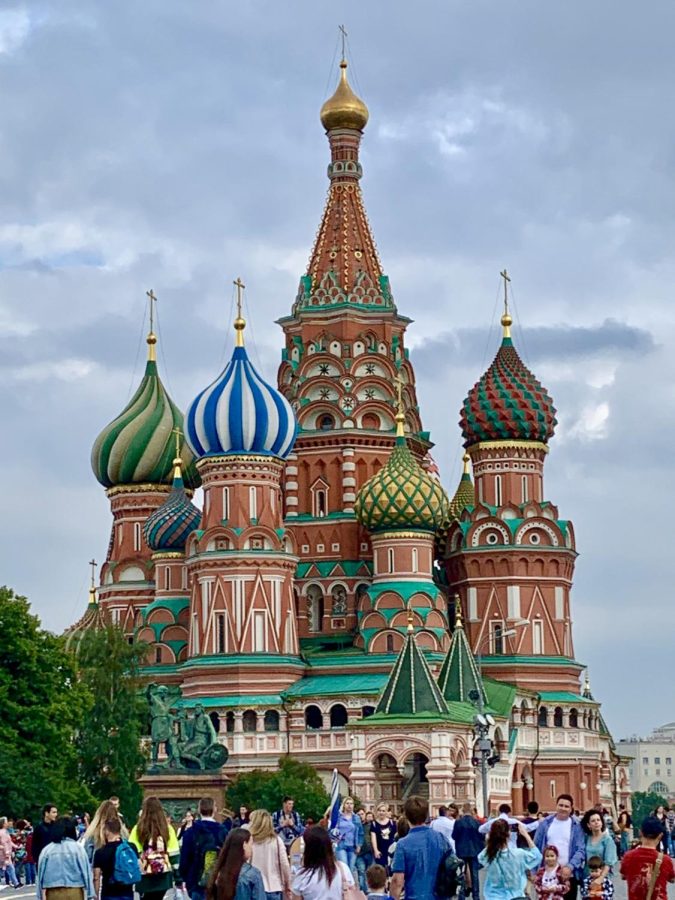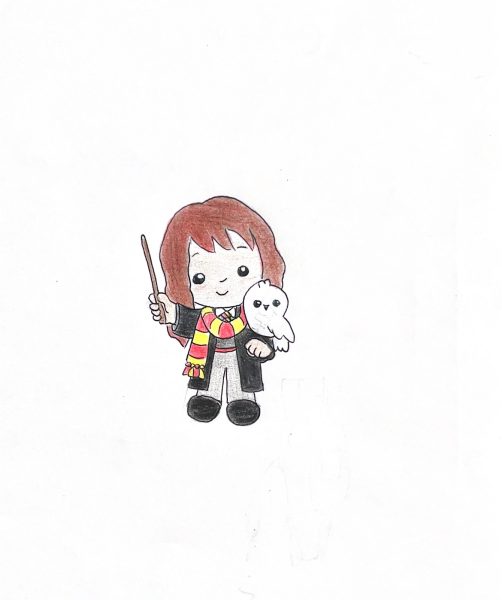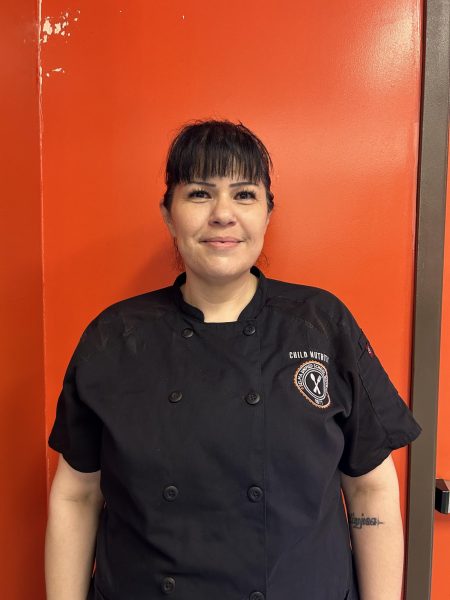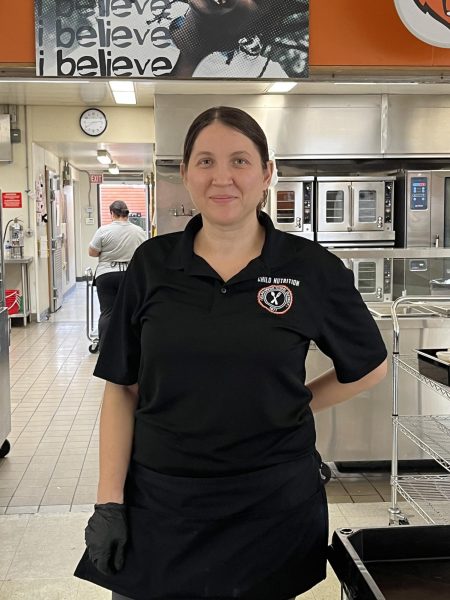The Russian Culture
December 10, 2021
Culture is a beautiful representation of where a person comes from. Learning about other people’s culture opens up a new understanding of the world around you. A culture that is often not seen on campus is that of Russian heritage.
My mother, Natasha, is from Orenburg Oblasti, Russia. From the ages 7 months to 21 years old, she said that her home was a mediocre middle class life. This was the case for most Russians, all living a sustained but not quite wealthy life. However, outside countries’ representation of Russia is much more lively. Russia is known to have some of the biggest celebrations in the world when it comes to their holidays and traditions. One of the biggest celebrations in the culture is New Year’s Day, which my mom says is the most important day of the year.
“The day is nothing compared to the American way. There, we are so happy and celebrate until six in the morning, ” expresses my mom.
Just like the fourth of July here, fireworks light up the sky and just like halloween, children dress up in their favorite fairy tale costumes. New Year’s for their country is a mix of a lot of our traditions here in America. What is not so similar in America is the food commonly eaten there. When you explore cities in America, there is a much smaller selection when it comes to Russian restaurants or food served from Russia. This is because Russian culture has a specific taste and style of eating. Most dishes that are commonly served there some Americans have never even heard of. One of my favorite meals is Pelmini. This recipe calls for a mix of pork and beef shaped into a miniature ball wrapped in dough. You might be familiar with this description and call it a dumpling that most Americans eat quite often. However, instead of soy sauce, in Russia they use sour cream as a topping. Unlike America where most of the meals we eat are store bought, many parts of Russia, hand-make meals.
“It is almost like a tradition. We make a line in the kitchen and pass ingredients to each other just like a factory,”says my mom..
A big representation of Russian culture is the color red. When I think of the country this is the first color that crosses my mind. Churches and cathedrals are built in a dome shape, wide, with a huge influence of red. One of the most famous representations would be St. Basil’s cathedral in Moscow. Some could describe the look as the “It’s A Small World” ride entrance at Disneyland during the night, with its colorful neon lights.
Moscow, Russia, is the capital and the most flourishing tourist attraction in the region. The citizens of Russia travel there just like how you feel traveling to somewhere such as Hollywood. It is an honor just to be there, where so many things have happened and where leaders of your country gather. There, you will find an array of vibrant and red colored buildings such as the Kremlin.
This my mom describes as, “the soul of the city.”
When looking around my school, city, and people I surround myself with, there is no representation of my culture. However, I feel it makes me unique and more appreciative of the traditions my family holds and the food my family eats. Not only do I enjoy participating in the lively traditions and delicious meals, but I love the deep meaning behind it all. Being able to indulge in a culture that has important meaning to the people around me is a wonderful feeling. My mom keeping her culture alive while living in America has been an amazing experience for me. I’m glad I get to have an amazing identity that I can carry on through generations of my own family.
Learning about new cultures is an amazing experience and something we should all indulge in.








